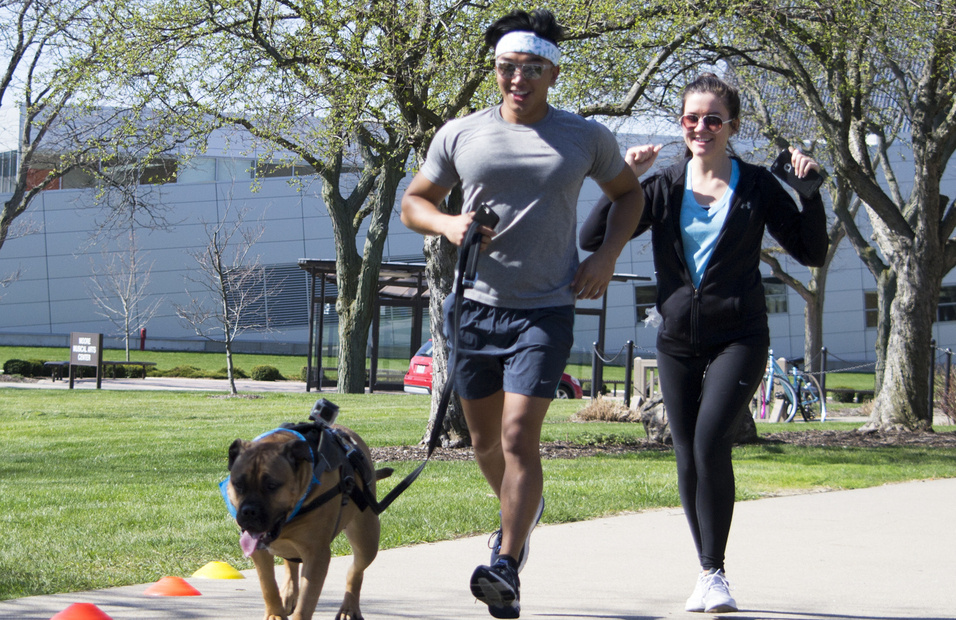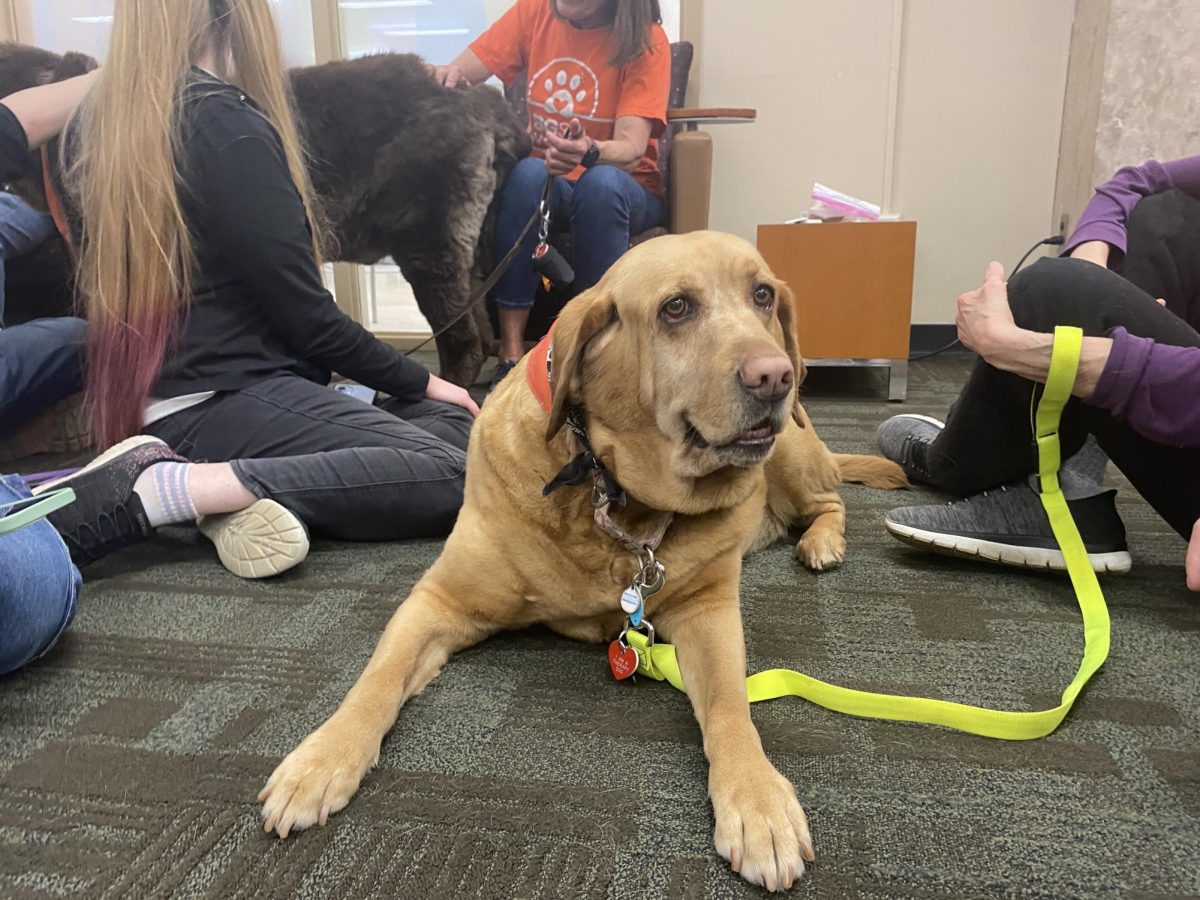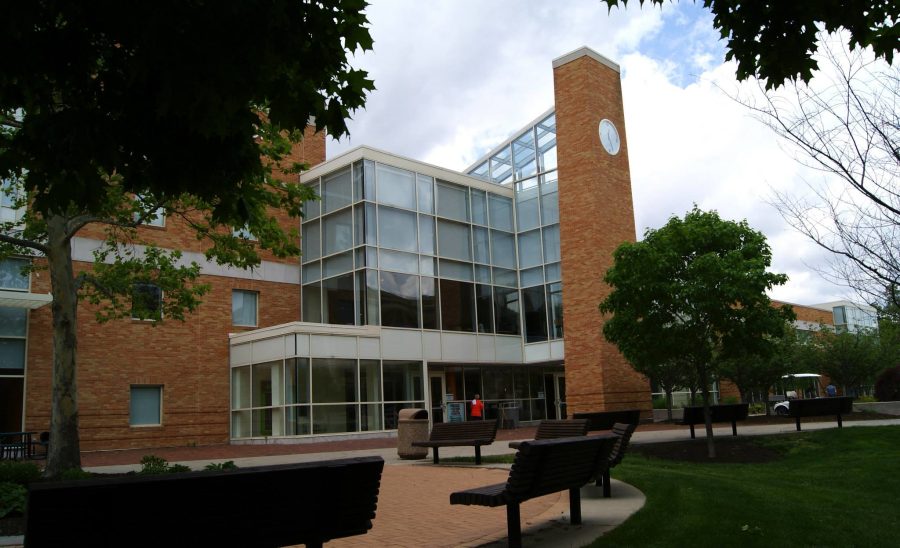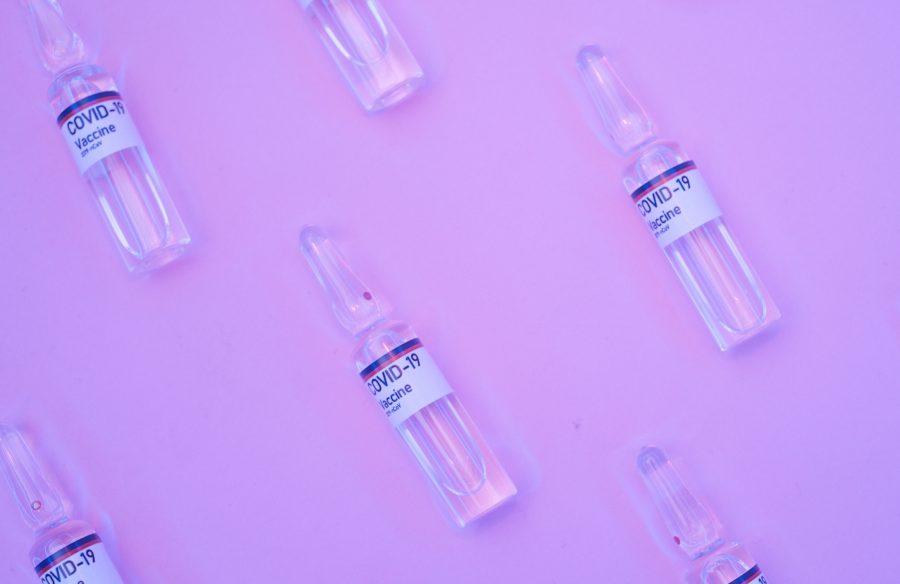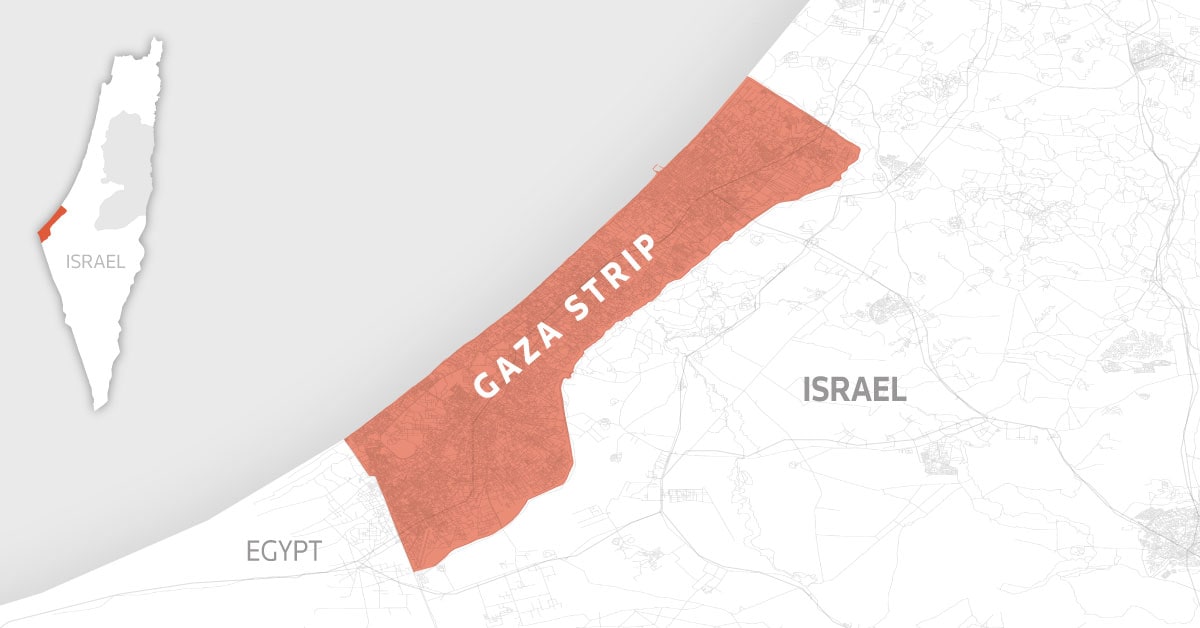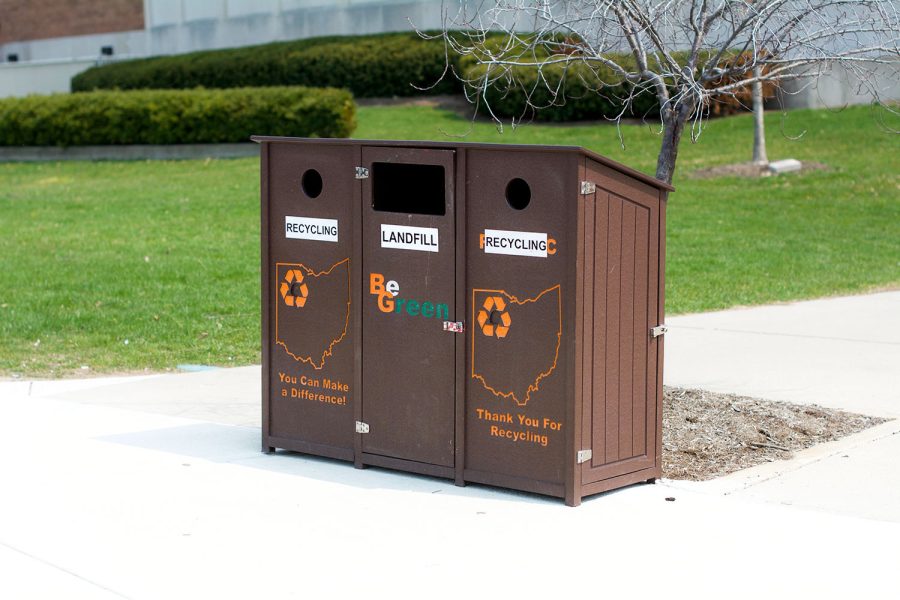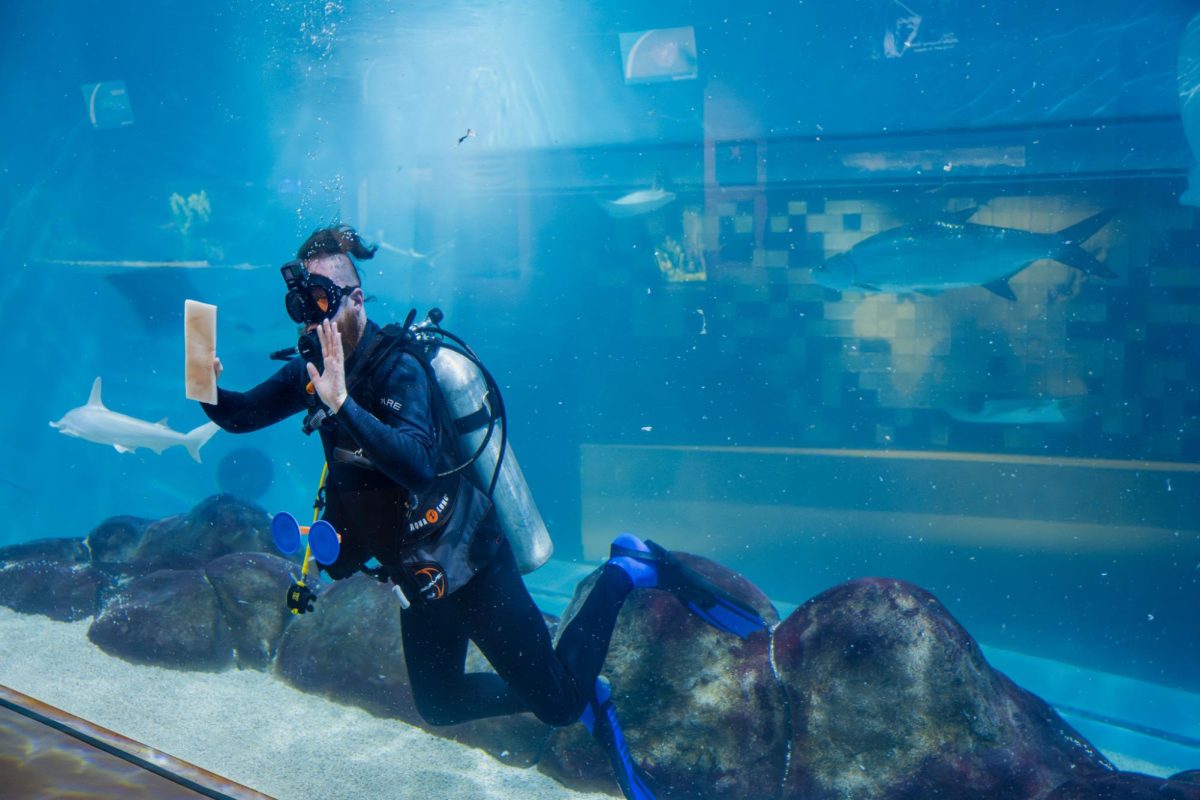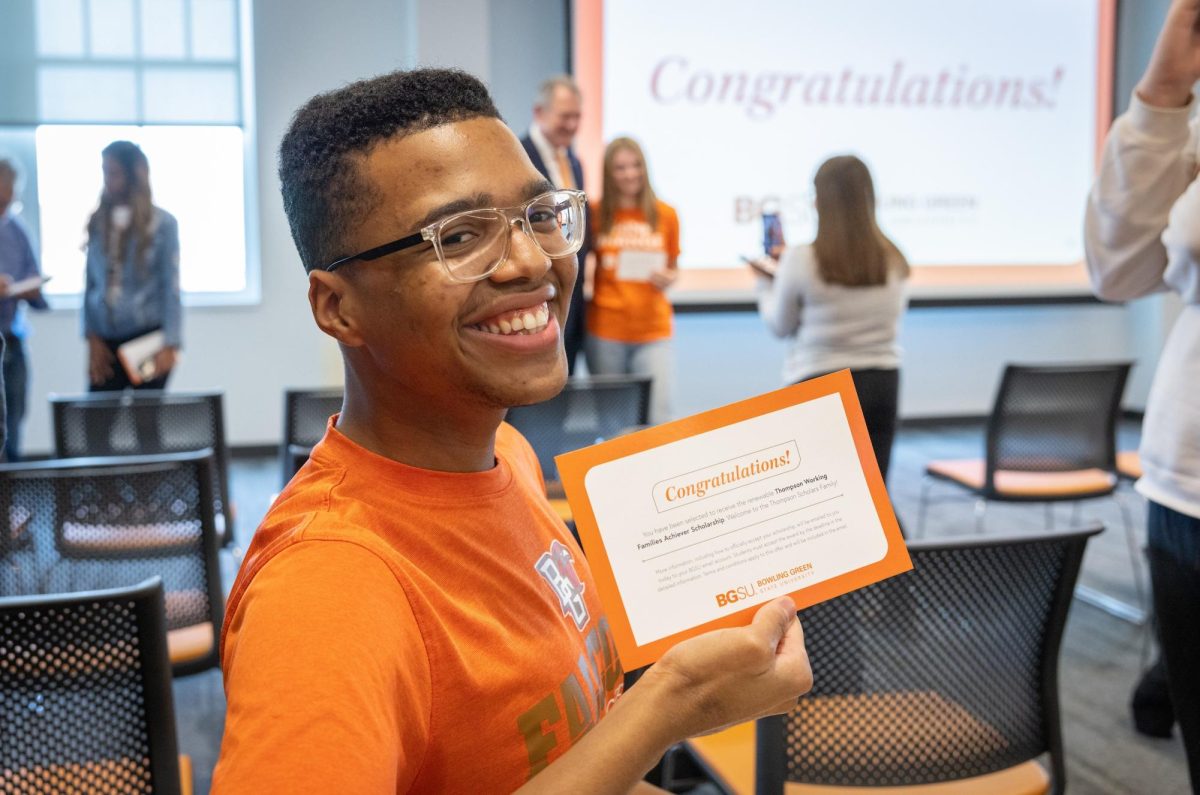With Gov. Mike DeWine announcing a coronavirus vaccine will arrive around Dec. 15, BGSU began planning on how to move forward.
The university will directly work with the Wood County Hospital and the Ohio Department of Health to determine the best path, BGSU Chief Health Officer Ben Batey said.
Vaccine Timing
In terms of who has access to the vaccine on campus and when, Batey said it is up to the state.
“I don’t know that it’ll necessarily be a BGSU decision as much as it will be a state decision based on the different (phases),” he said.
The draft of Ohio’s COVID-19 Vaccination Plan outlines four phases for who would be eligible to receive the vaccine and when. The phases progress as more vaccines become available.
[[inline_image_identifier 886aa96a25b0bc30059af680f2c413e0.png]]
The first phase excludes the majority of people on campus.
The only individuals on campus who would be eligible are campus police because they are first responders, Batey said.
Starting in January and February, Batey said vaccine doses could potentially become available for students, faculty and staff with medical conditions that place them at a higher risk.
During phase two, all faculty and staff would gain access to the vaccine because teachers and school staff are groups targeted by the state during this phase.
During phase three, the vaccine opens up to all young adults and children. Phase four makes the vaccine available to everyone else residing in Ohio who previously did not have access.
Once vaccines are more readily available, Batey said the university will create COVID-19 vaccination clinics to facilitate the distribution of the vaccine on campus.
BGSU will encourage, but not require, all students to take the COVID-19 vaccine, Batey said. “We’ve always taken a stance here at BGSU around really encouraging these healthy behaviors, but staying away from mandates,” he said. “But if the state would take a different stance, we would have to follow suit.”
Even though the university does not plan to mandate the vaccine for its students, state officials could.
“I think maybe if the state was going to go down that road, it would be more for the residence hall students,” Batey said. “That’s one of those areas that the state has set some standards for universities to say, ‘here’s how universities have to do things if they want to open up and have in-person classes and residence halls open.’”
Students’ Reactions
Regardless, some students at the university already plan to be vaccinated.
“If there’s an opportunity that this could be beneficial to us, especially on this campus, I think I would take it,” freshman Giovanni Castiglione said.
Freshman Robbie Reed said he would take it right away because he wants to stay on campus.
Other students are more hesitant to get vaccinated.
Freshman Mikayla Collins said she plans to take the vaccine but not immediately.
“I think I’m going to wait a couple months after it comes out just to see how other people are reacting to it,” she said.
Junior Zachary Wyman said, “As long as the scientific community has a consensus in a majority, I would be more comfortable. I just don’t feel safe taking something that is being rushed. Also, we don’t know the side effects yet.”
Development of the Vaccine
Batey said while the development time took less than a year, he wasn’t surprised. “That’s very quick for a new vaccine on the market, but on the other hand, there’s research that was already happening around coronavirus strains.”
According toThe Washington Post, developing messenger RNA vaccines like the Pfizer and Moderna candidates has been fast because scientists were able to start their work before there was a known case of COVID-19 in this country, using the viral genome shared online.
Batey said, “They were actually able to take those years of research and build upon them. It wasn’t like they were just starting from scratch.”
Campus Protocols During Spring Semester
The arrival of a vaccine doesn’t mean students get to throw away that face mask just yet.
Batey said the university will not likely see any changes to COVID-19 protocols this spring because widespread vaccine availability isn’t anticipated until closer to April or May.
“It probably won’t be until this summer when we start to see much wider levels of vaccination and people having immunity across Bowling Green and Wood County in Ohio, to where we can really start to drop some of the protocols,” he said. “It’s going to be a very slow and gradual process.”
The main reason for this is because vaccines take multiple weeks to work, and two doses of the vaccine are needed for it to be fully effective.
Deborah Fuller, a vaccine expert at the University of Washington, told the Associated Press the first shot of a COVID-19 vaccine could create a small amount of protection within a couple of weeks, meaning people who get infected might not get as sick as they otherwise would. But full protection could take up to two weeks after the second shot — or about six weeks after the first shot.
Local Distribution
Mercy Health St. Vincent Medical Center is the sole pre-positioning site in Northwest Ohio that will offer vaccines to those permitted during phase one.
Pre-positioning sites allow a shortened timeline between vaccine approval from the Food and Drug Administration and the initiation of vaccine distribution.
In a November press release, Gov. DeWine said other sites will also receive shipments following final approval, which could come within days of the pre-positioning sites.
Even with a vaccine on its way, Mercy Health stresses the importance of continuing to practice COVID-19 protocols.
According to a statement from Mercy Health, “It is important to note we will continue to follow COVID-19 standard precautions even after a vaccine is released. Measures such as masking, social distancing and hand washing remain critical to reducing the spread of COVID-19 in our communities.”
[[inline_image_identifier 6dd230a8fe78a59db3acf729f863d8ed.png]]






